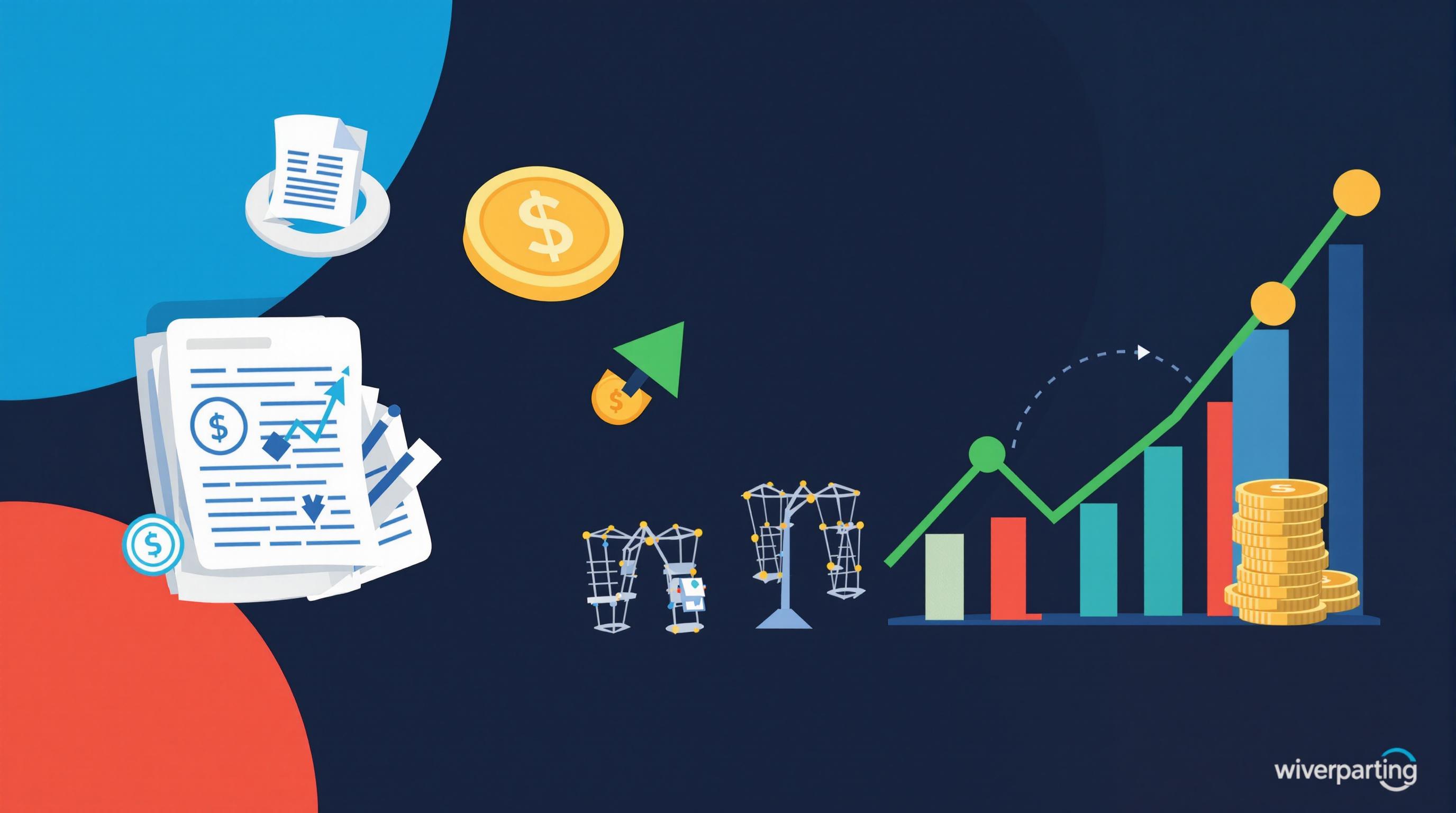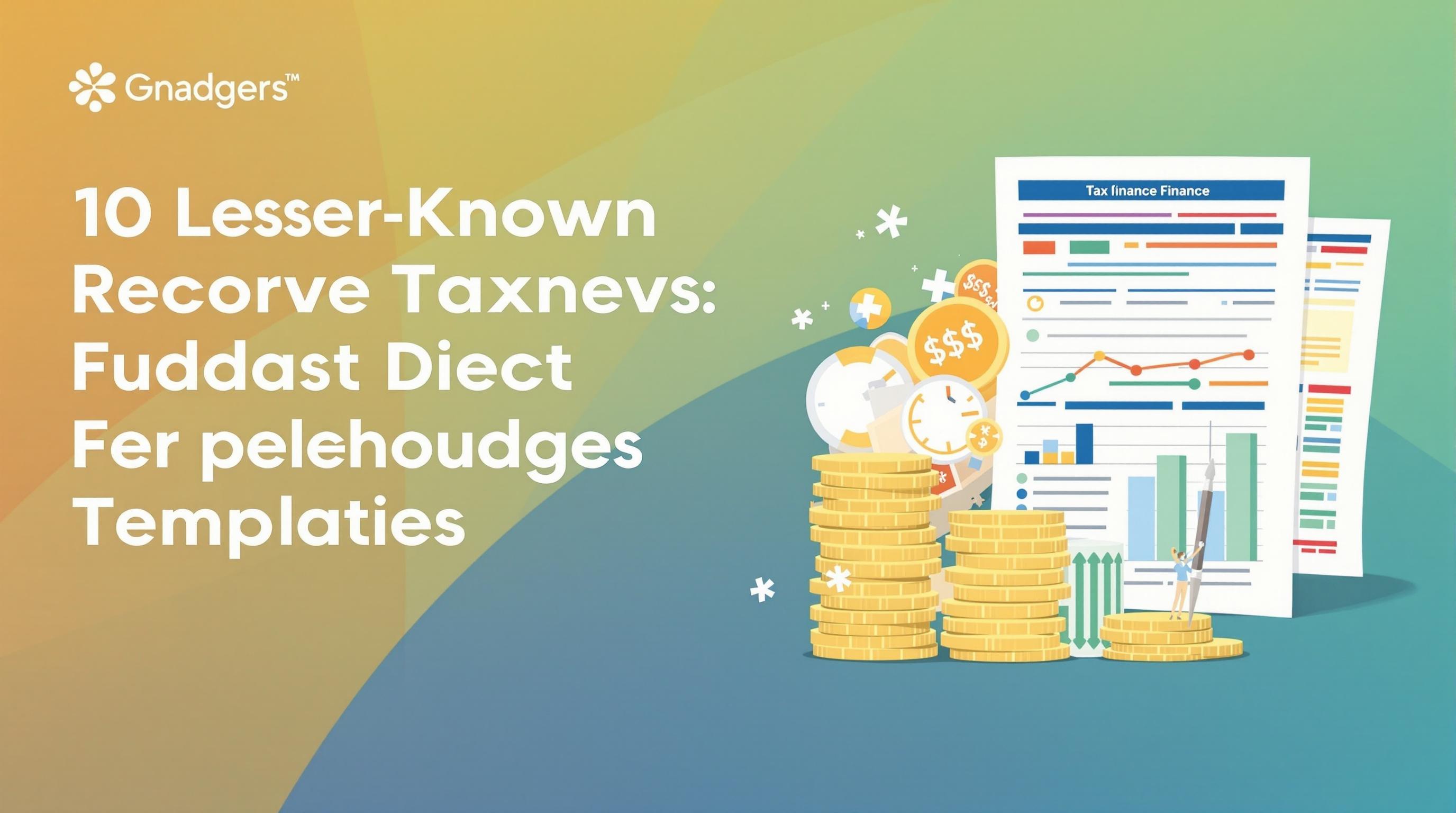Related Articles
- The Role of Quantum Encryption in Transforming Legacy Data Protection Practices for Businesses
- Top 6 AI-Powered Subscription Platforms Transforming Product Access and Affordability Since 2019
- Unseen Pitfalls: How Cognitive Overload in Finance Audits Undermines Checklist Effectiveness and Decision Quality
- The Silent Impact of Global Fiscal Shifts on Local Tax Date Practices No One’s Talking About
- How Cultural Narratives Shape Personal Budgeting: Unseen Influences Behind Financial Template Choices
- Top 6 Underrated Payment Tools Released Since 2019 Changing How Stores Handle Transactions
Top 6 Advanced Money Management Solutions Released Since 2019 for Maximizing Financial Control
Top 6 Advanced Money Management Solutions Released Since 2019 for Maximizing Financial Control
Top 6 Advanced Money Management Solutions Released Since 2019 for Maximizing Financial Control
1. YNAB (You Need A Budget) Updates
Since 2019, YNAB has introduced several advanced features that enhance its already powerful budgeting framework. The platform’s focus on proactive budgeting helps users allocate every dollar towards specific goals, ensuring maximum financial control. Their updated goal-tracking and real-time bank synchronization enable users to stay ahead of their budgets and adjust spending on the fly.
One standout feature added post-2019 is improved debt management tools integrated directly into the budgeting process. This allows users to track multiple debts with customizable payoff strategies, empowering them with clear insights and progress visualization. These features collectively promote responsible financial habits aligned with personalized financial goals.
YNAB’s commitment to continuous improvement is backed by a robust community and educational resources. Users are encouraged to adapt budgeting techniques to their lifestyles, making the tool highly flexible. According to their official site, these updates have led to improved user retention and increased financial literacy among subscribers.
2. Personal Capital’s Enhanced Wealth Management Tools
Personal Capital has evolved from a simple budgeting app into a comprehensive financial dashboard that integrates wealth management. Since 2019, the tool has added enhanced retirement planners and fee analyzers that give users deeper insight into their investment portfolios. This added transparency promotes smarter investment choices directly linked to overall money management.
The platform’s Cash Flow Planning feature is another innovation designed to optimize day-to-day money movement while aligning it with long-term financial targets. By combining budgeting and investment tracking in one interface, it creates a holistic picture of financial health. This integration reduces the need to toggle between multiple apps for different financial tasks.
Research highlights that Personal Capital users see an average of 2% savings on investment fees through its fee analyzer, which can significantly increase net returns over time. These efficiencies contribute to both immediate and sustainable financial control, reinforcing the platform’s appeal to tech-savvy investors.
3. Simplifi by Quicken
Simplifi was launched in 2019 as a modern answer to personal finance tracking, designed for those who prefer intuitive, mobile-first solutions. It excels in providing a streamlined overview of budgets, spending, and saving patterns using AI-driven insights. These suggestions help users optimize their financial behaviors by identifying habits that impact their goals.
The app’s automatic categorization and recurring payment trackers ensure users maintain robust financial awareness without manual input. This automation is crucial for busy individuals who want an easy yet effective way to stay on top of their finances. Simplifi also introduced shared accounts to facilitate joint financial management.
Simplifi’s design encourages proactive financial control by visually displaying projected cash flow and upcoming bills. Its recent enhancements reflect a strong focus on usability combined with advanced data analytics, making it a favored choice for young professionals managing multiple financial priorities simultaneously.
4. Tiller Money’s Automated Spreadsheets
Tiller Money combines the familiarity of spreadsheets with robust automation, ideal for users who want advanced customization in money management. Since 2019, it has improved its integration with Google Sheets and Microsoft Excel, enabling users to automatically update their financial data daily. This reduces manual entry errors and saves time.
With customizable templates for budgeting, tracking net worth, and managing expenses, Tiller offers flexibility unmatched by standard budgeting apps. Financial control is enhanced by allowing users to create personalized dashboards that reflect unique financial situations and goals.
Experts note that Tiller’s approach appeals to analytical users seeking both detail-oriented financial management and the power of automation. Its secure connection to financial institutions ensures real-time accuracy, providing confidence in decision-making backed by precise data.
5. Emma’s AI-Driven Financial Tracker
Emma, launched prior to 2019 but with major AI-driven updates rolled out since then, leverages artificial intelligence to transform money management. It categorizes expenses with high precision and provides tailored recommendations to reduce subscription waste or unnecessary fees. This level of automation helps maximize savings effortlessly.
Emma’s recent integration of credit score monitoring and financial health insights offers a comprehensive overview beyond basic spending. Users receive alerts on credit utilization and suggestions for optimizing borrowing strategies, contributing to enhanced financial control and creditworthiness.
The company’s data indicates users following Emma’s recommendations save an average of 15% on monthly expenses. This metric highlights the practical impact of AI-enhanced money management tools in modern personal finance.
6. Cleo’s Chatbot-Based Budgeting and Saving
Cleo distinguishes itself by using a conversational AI assistant to engage users in active money management. Since 2019, Cleo has added features like cashback rewards and savings challenges facilitated through its chatbot interface. This interactive approach increases user engagement in managing finances.
The bot’s real-time responses to spending queries and personalized tips help users avoid overspending and discover saving opportunities. Its integration with multiple accounts provides a unified view of finances, making it easier to establish and maintain budgets with accountability.
Cleo’s innovative budgeting model appeals particularly to younger demographics, focusing on making finance fun and approachable. Studies suggest gamification and conversational interfaces significantly improve financial behaviors, and Cleo embodies this principle effectively.




